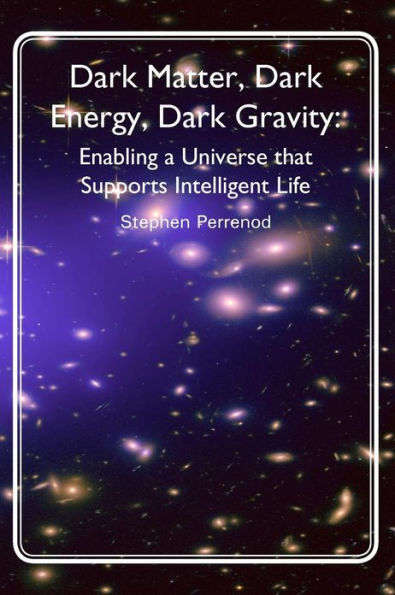Dark Matter, Dark Energy and Dark Gravity make life possible!This book for the lay reader provides a summary of the latest astrophysical observational results and theoretical insights into what we know and what we hope to learn about dark matter, dark energy, and dark gravity.How did the profound beauty of our Earth, our Solar System, our Milky Way galaxy and indeed our universe unfold? Dark matter, dark energy, and dark gravity have made all the difference in how the universe has developed, and have been key to creating the overall environment that makes life possible. We have only recently developed the ability to begin unlocking their secrets, thus providing a deeper insight into how a universe of our type is possible. It seems that because of dark matter, dark energy and dark (weak) gravity, our universe has the right attributes for the development of complex structure and the evolution of intelligent life that can engage in the quest to understand our world. These "dark" or more hidden attributes of the cosmos have very good outcomes.In particular, the existence of dark matter makes it easier to form complex structures, including galaxies, stars and planets through gravitational collapse of denser regions of the universe. Planets are the most suitable abodes for the development of life. Dark energy acts to extend the lifetime of the universe by counteracting gravity and driving continued expansion of the universe.Even as far back as the 1930s there has been evidence that most of the matter in the universe was not visible via electromagnetic radiation (optical light, radio waves, etc.). By the last few decades of the 20th century, the case for a considerable amount of this dark matter was very strong. It is the second largest contributor to the total mass-energy of the universe. We don't know what it is and there are various candidates to explain it; nevertheless we see the gravitational effects of dark matter everywhere on the largest scales. Recent observational results indicate that dark matter dominates by a factor of 6 relative to the ordinary matter that makes up stars, planets, and living things.We now know that the major contributor to the mass-energy of the universe is not the substantial dark matter, but the 'newer' so-called dark energy. Dark energy acts to some extent as a negative gravity, and for the last several billion years has driven the expansion of the universe to a faster and faster pace, overcoming even the gravitational effect of dark matter. We have a general idea that it is the irreducible energy found in every volume of space, even in the absence of matter - in the vacuum. We don't understand why it takes the value that it does, one that is small in quantum particle physics terms, but nevertheless is of great significance on the large cosmological scale of the universe. The third important aspect to consider is not a mass-energy component, but the nature of gravity and space-time. The big question here is - why is gravity so relatively weak, as compared to the other 3 forces of nature? These 3 forces are the electromagnetic force, the strong nuclear force, and the weak nuclear force. Gravity is different - it has a dark or hidden side. It may very well operate in extra dimensions beyond the normal 4 dimensions of space-time that we can observe. This is what we mean in this book by "dark gravity".



